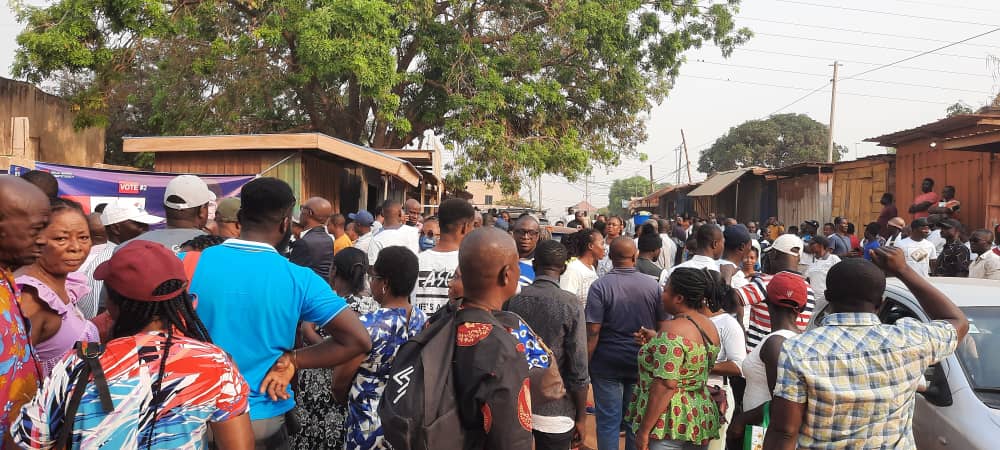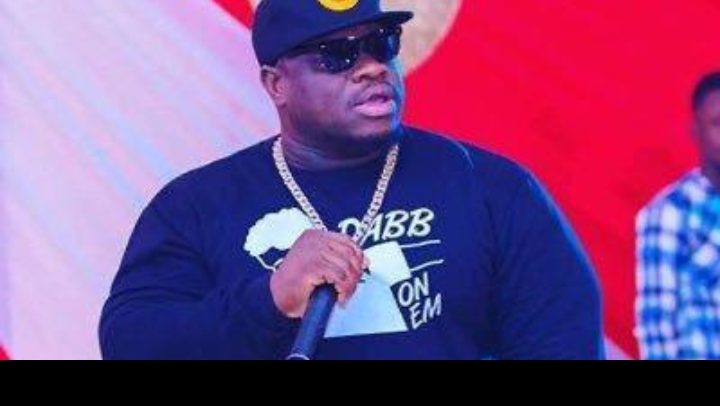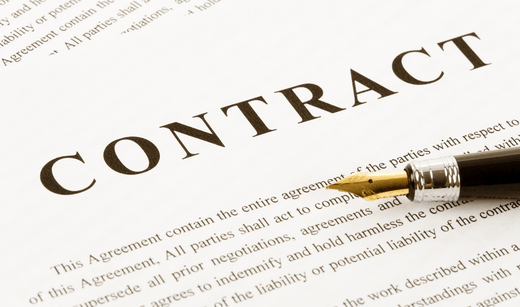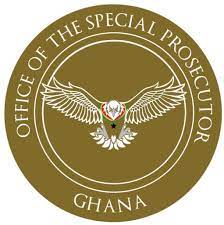

Kettleman City, California, is now Tesla's domain. Its presence in this otherwise folksy enclave is a clear sign that it wants to own the electric-car future.
KETTLEMAN CITY, California — Situated amid large swaths of farmland and a smattering of gas stations, fast-food restaurants, and motels, Tesla's largest-ever Supercharger station sits tucked away from the main street that runs underneath the 5 Freeway, on a corner lot that used to be a Burger King drive-thru.
There's a gas station and a Carl's Jr. across the street to the east, an auto-repair shop to the south, and two budget hotels to the west.
Further south across State Route 41, there's a recently built strip mall, curiously named "Bravo Farms," whose architecture was designed to resemble old Western saloons of generations past.
The Tesla Supercharger station, unlike the Burger King that occupied the land before it, makes use of nearly all of the available space. An expanse of covered solar parking shelters the 40 individual Superchargers on the lot. A private lounge invites Tesla travelers to rest in plush armchairs, plug in their mobile devices, and enjoy soothing music.
There are vending machines, restrooms, and Tesla staff on hand inside the lounge. A separate display section shows off Tesla Energy products: the solar panels and Powerwall battery packs it sells to residential and commercial customers.
Two large, flat-screen displays are mounted inside the lounge. One shows a real-time world map with the locations of every Supercharger station on the planet. Numbers at the bottom of the screen show three separate tallies: kilowatt-hours delivered, miles enabled, and gallons of gasoline saved. The numbers tick up as you watch.
This is now Tesla's domain. Its presence in an otherwise folksy enclave — one of at least six on the route here from Los Angeles — is a clear sign that Tesla is gearing up to own the electric-car future.
Tesla says the Kettleman City Supercharger is its largest one in the US. This one and another location in Baker, California, sits along major travel routes between Los Angeles, San Francisco, and Las Vegas.
This trip served two purposes: To determine if I could make it to the Kettleman City Supercharger without stopping to top-up, and to check out Tesla's newest digs.
I planned to drive from Los Angeles in the pearl red Model S P100D Tesla loaned to me. Before I got on the road, I made a brief stop at the Supercharger station on the SpaceX campus in Hawthorne.
I got there with 46 miles left on the battery.
About 17 minutes in, I'd already gained 54 miles of range.
I didn't plan to fully charge the Model S to its estimated 315-mile capacity in Hawthorne; only enough to know I could comfortably drive to Kettleman City. In the meantime, I went inside with some Starbucks rations I rounded up minutes earlier.
I was on the road to Kettleman City shortly after 12 noon, with about 250 miles of range on the P100D's battery. I used Waze in conjunction with the Model S's navigation system. Waze predicted a 2:53 p.m. arrival.
Here's my route, beginning in Hawthorne.
I drove conservatively, used Autopilot some of the way, and resisted the urge to indulge in Ludicrous Mode. It paid off. A little more than halfway to Kettleman City, the Model S P100D still had about 159 miles left on the battery.
Like all electric cars, the Model S employs regenerative braking when you lift your foot off the accelerator. The energy that would've been lost while using the brakes to moderate the car's speed on this hill is instead transferred back to the battery via the electric motors. On one long downhill stretch of Interstate 5 pictured here, the Model S was in a constant state of energy regeneration. By the time I reached the bottom of the hill, the battery had gained three miles of range.
You can barely see the Kettleman City station from Interstate 5, but it's about a half-mile from the nearest off-ramp.
I reached the Kettleman City Supercharger station at 2:50 p.m., three minutes earlier than Waze predicted — and with 61 miles left on the P100D's battery.
This location used to be a Burger King. The transformation is stunning.
Here it is today.
When I arrived, I took an open spot close to the entrance.
It was a late Saturday afternoon in early December — that post-Thanksgiving quiet before the next holiday travel crush. I was the only Tesla driver on site for about 20 minutes. I took a minute to find the access code for the lounge on Model S's touchscreen.
Let's go inside.
Tesla, being a master of product integration and its own best advertiser, immediately pitches you on its solar panels ...
... and the Powerwall energy storage solution ...
... and then it gives you estimates of how those products might benefit you personally.
Next is this handy workstation area with plugs for your mobile devices and vending machines for your hunger and thirst. But the best part sits just to the left of this section ...
... the lounge.
Another display shows every Supercharger location on the planet. Numbers at the bottom of the screen show three separate tallies: kilowatt-hours delivered, miles enabled, and gallons of gasoline saved. The numbers tick up as you watch.
I sat for a while in the lounge, coffee in hand, while my borrowed Model S sat plugged in. I left the Kettleman City station with a full charge.
And here we are back in Hawthorne, CA. Night was falling by the time I left Kettleman City, but it was an easy drive back home to LA, with about 70 miles of range to spare.
The supersized Kettleman City Supercharger station was everything I expected it to be: comfortable, convenient, and accommodating.
As I mentioned earlier, I wasn't terribly surprised by the light traffic at the time I visited. There will likely be many occasions when some of Tesla's larger stations are bustling with activity, especially as more of the 400,000-plus future Model 3 owners take delivery of their cars.
Something else became abundantly clear after driving the Model S P100D for a week: Tesla's effort to expand the Supercharger network is essential. There were stations on every route between my apartment and the office, and every other place I traveled in my corner of Los Angeles.
On the trip to Kettleman City, there were multiple stations on the route. I never needed to stop, but knowing that I could is what mattered.
Thinking about those Model 3 owners — a number of whom will be Tesla first-timers — it's not hard to imagine that the initial excitement around the company's most affordable car is not just because it's attractive and embodies all of the cachet of a red-hot brand. It's that you can drive an electric car and never worry about being stranded.
Sure, you can plug in a Tesla anywhere, but the value of having a dedicated high-speed charging network at your near-immediate disposal can't be overstated.
Kettleman City, California, is now Tesla's domain. Its presence in this otherwise folksy enclave is a clear sign that it wants to own the electric-car future. Read Full Story























Facebook
Twitter
Pinterest
Instagram
Google+
YouTube
LinkedIn
RSS